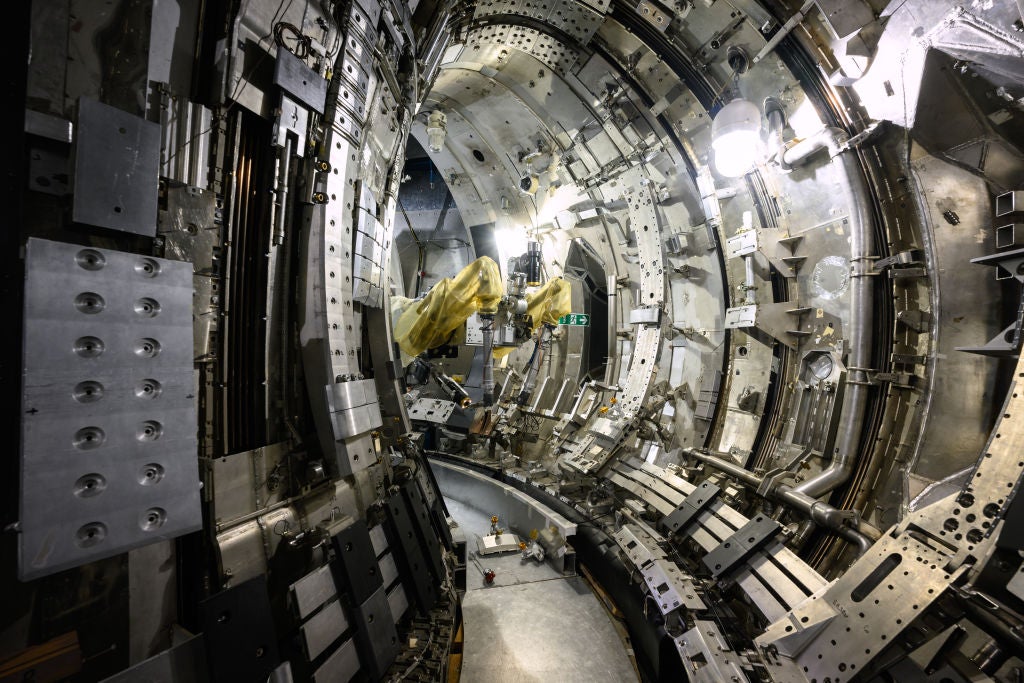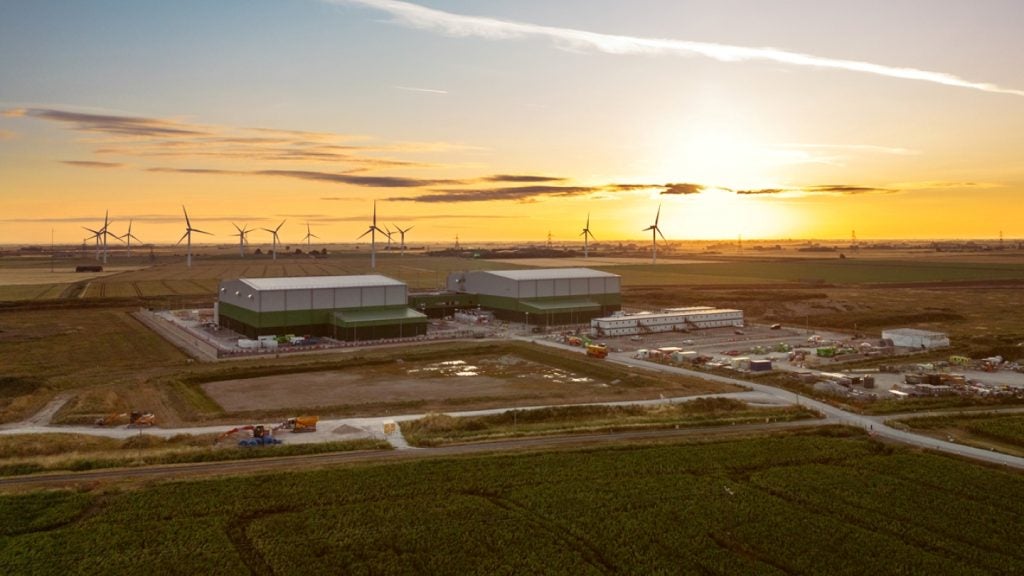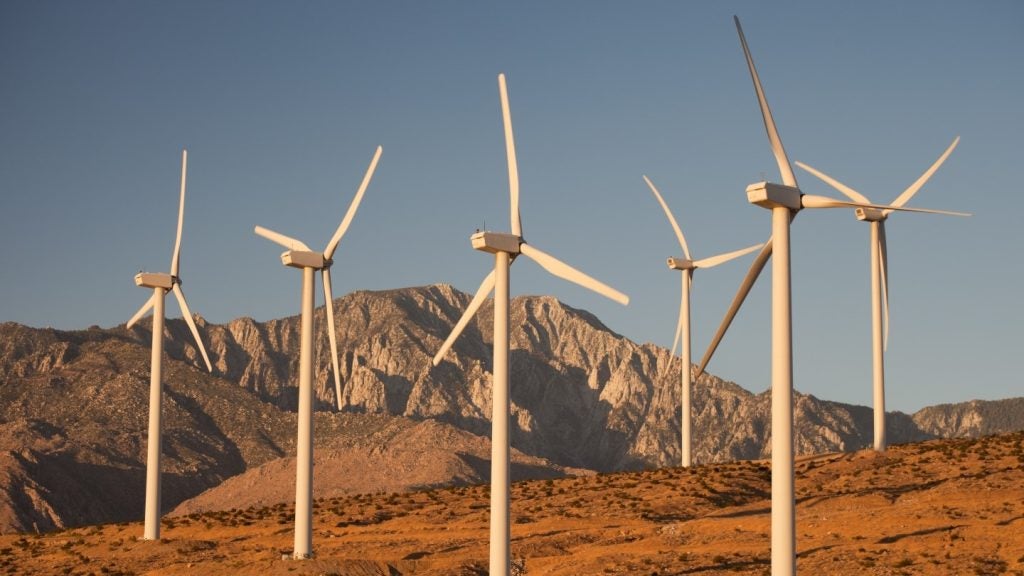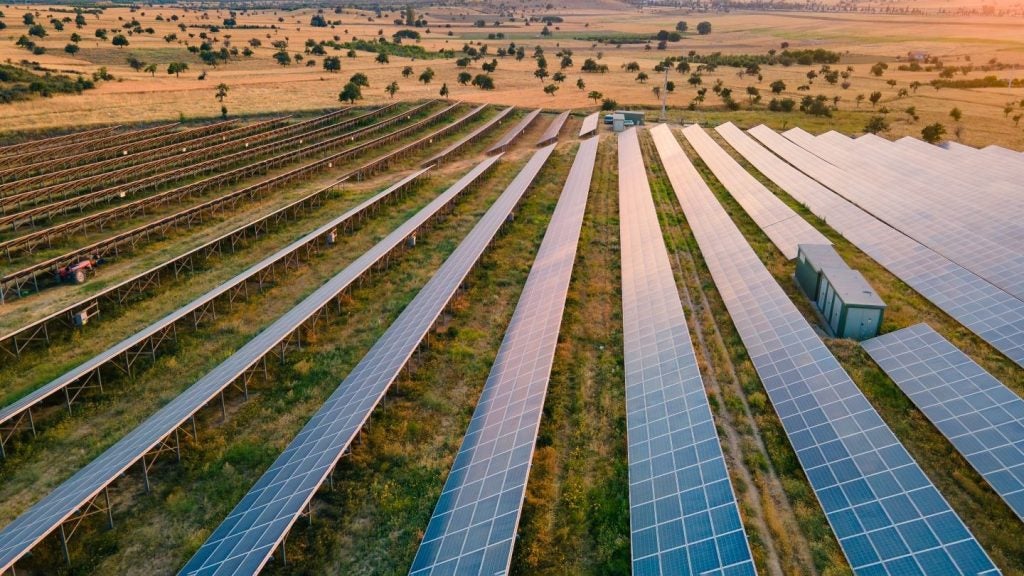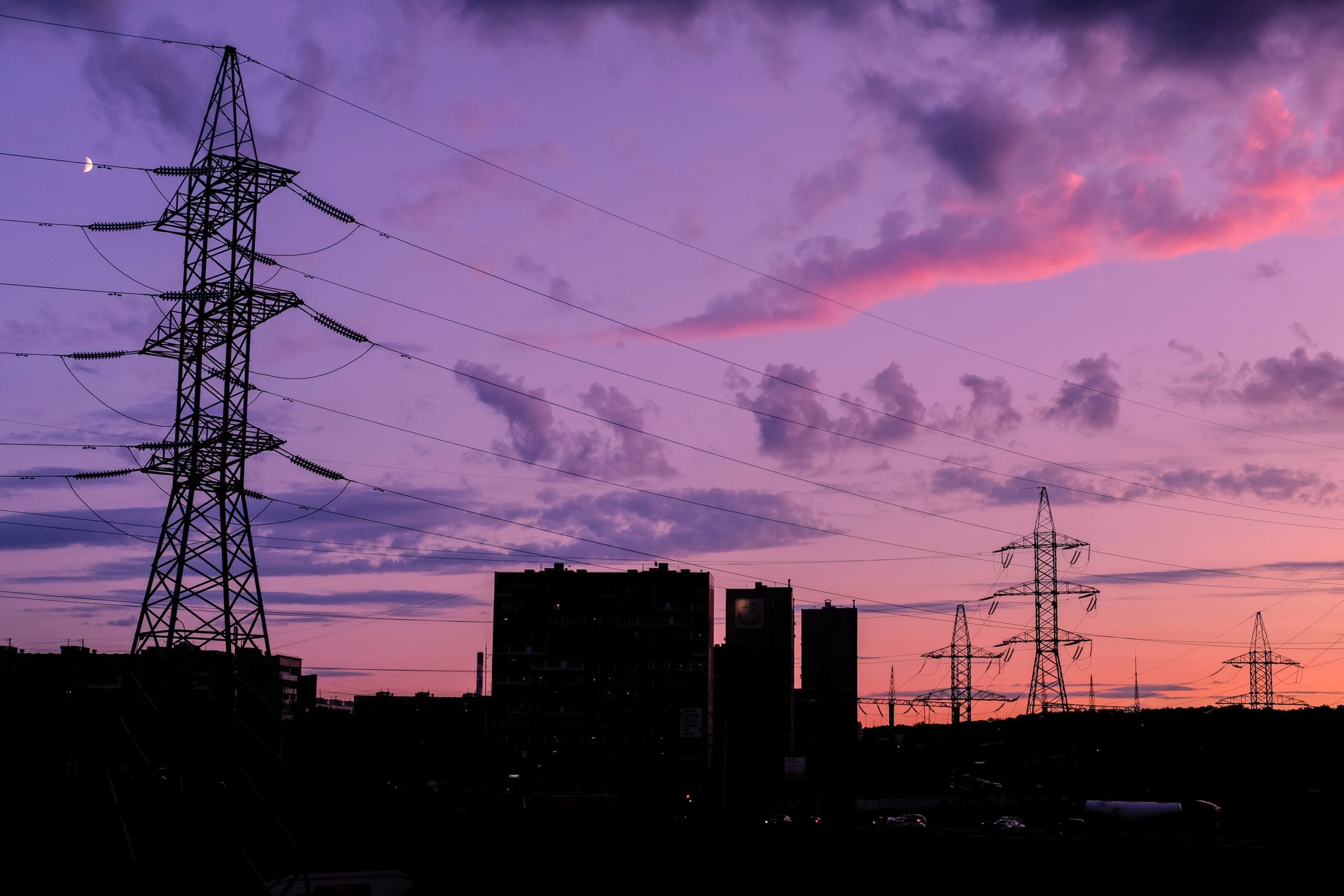
The Irish Academy of Engineering has released a report warning of the “exceptionally large investment” needed to balance electricity transmission on the island of Ireland to meet its carbon emissions targets.
The island’s transmission grid covers both the Republic of Ireland and Northern Ireland. The Irish Government has published plans to generate 70% of its electricity renewably by 2030. The UK Government has set no near-term target but aims to fully decarbonise by 2050.
Ireland’s plan requires the construction of 9.2GW of renewable generation. This would come from at least 3.5GW of offshore wind, up to 4.2GW of onshore wind and 1.5GW of solar photovoltaic generation.
Ireland’s Climate Action Plan (CAP) states that its method of choosing infrastructure investments “does not address the cost of enabling infrastructure or other barriers to change”.
In response, the academy said it is “concerned that the omission of likely large investment amounts in electricity networks will invalidate the basic cost analysis.”
How well do you really know your competitors?
Access the most comprehensive Company Profiles on the market, powered by GlobalData. Save hours of research. Gain competitive edge.

Thank you!
Your download email will arrive shortly
Not ready to buy yet? Download a free sample
We are confident about the unique quality of our Company Profiles. However, we want you to make the most beneficial decision for your business, so we offer a free sample that you can download by submitting the below form
By GlobalData“Is the construction of new infrastructure socially acceptable anymore?”
At the same time, it points to delays to recent transmission projects. Planning objections have delayed some projects by more than ten years. As an example, the report highlights a project to the Laois 400kV substation project. After three years of consultations, planners first saw the project in 2013. Construction began in 2017, but protests and blockades have stopped the project, with no end in sight.
The report notes: “It is quite possible that this is the most significant underlying reason for the objections. Against this background, it is reasonable to ask an important question: “Is the construction of necessary new transmission infrastructure in Ireland socially acceptable anymore?”
Beyond the island, Ireland has two connections to the neighbouring island of Great Britain. However, the report says network conditions on either end of the connections often reduce their nameplate capacity.
The Republic has started considering a new connector with Britain, as well as one with France. The report warns that these may face similar problems, as British capacity remains limited and France’s nuclear fleet ages.
Regardless of these issues, export prices for energy during peak renewable periods stands at less than half of the price of generation, according to CSO and SEAI data.
How European countries have changed their grids for the transition
The transition restructuring mirrors others in Europe. On this comparison, the report says: “Governments, particularly in Denmark and Germany, have struggled over the past decade to construct the necessary transmission infrastructure to expand their renewable electricity generation and have significantly underestimated both the cost and difficulty of achieving their ambitious targets.”
In both Denmark and Germany, large proportions of domestic electricity prices come from taxes used to support energy reform. According to Eurostat, Denmark has the largest electricity prices of any EU country, and more than half of electricity bills go towards tax. The Academy’s report says this shows Denmark’s support for renewables, but “it is questionable whether such a level of financial support would be forthcoming in Ireland”.
This taxation allowed Denmark to develop a surplus of wind generation. Unlike Ireland, Denmark can abate this using its numerous connections with other grids. Several of these connections lead to Germany, where divesting from coal and avoiding nuclear has created grid balancing problems.
Germany plans to construct a $59bn (€50bn) north-south connector called SuedLink, aiming to relieve energy pressure on its industrial south.
The EU’s most recent Ten-Year Network Development Plan estimates that adapting power networks for the transition will cost $134bn (€114bn) by 2030. This total would allow renewables to generate up to 58% of the bloc’s energy, short of what Ireland aims to achieve.




